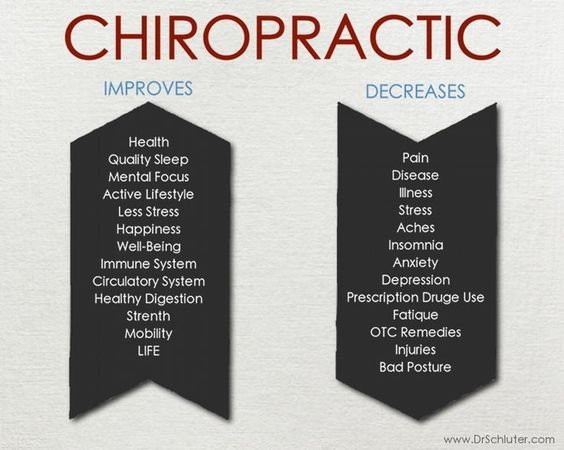Just When You Assume Relief Is Near, Soft Tissue Therapy Reveals Its Awkward Facts-- Uncover Why The Process Can Be Uncomfortable Yet Useful
Just When You Assume Relief Is Near, Soft Tissue Therapy Reveals Its Awkward Facts-- Uncover Why The Process Can Be Uncomfortable Yet Useful
Blog Article
Web Content Author-May Saleh
When you undertake soft Tissue therapy, you could discover it remarkably uncomfortable. This discomfort emerges as stress is applied to strained muscular tissues and broken tissues, activating your pain receptors. While it can feel stressful in the minute, there's a factor behind this sensation. Recognizing what happens in your body during these treatments can assist you value the process. So, just what is taking place beneath the surface area?
The Physiology of Discomfort Throughout Soft Tissue Therapy
When you undertake soft Tissue treatment, your body's reaction to pain is a complex interaction of physiological processes. As the specialist uses stress, your body activates pain receptors, sending out signals to your mind. This sets off the release of neurotransmitters, such as substance P and glutamate, which magnify the experience of pain.
Your muscles may also tighten in action, more making complex the experience. On top of that, your body may release endorphins, all-natural medicines that can help relieve some discomfort.
The communication between these processes can develop a distinct experience for each individual. Recognizing this physiological feedback aids you navigate the sensations during treatment, permitting you to value the balance between discomfort and the potential for healing advantages.
The Function of Pain in the Healing Process
Although discomfort throughout soft Tissue therapy can really feel overwhelming, it plays an important duty in the recovery process. When you experience discomfort, your body is signifying that it's functioning to fix damaged cells. This action assists raise blood flow to the damaged area, delivering vital nutrients and oxygen required for healing.
In addition, pain can advertise the launch of endorphins, your body's natural medicines, creating a feeling of relief post-treatment. Welcoming this pain can assist you recognize your body's limitations and urge you to attend to underlying issues.
While it's unpleasant now, this procedure is crucial for long-lasting recuperation and enhanced feature. Recognizing pain as an important part of recovery can equip you to stay dedicated to your therapy.
Tips for Taking Care Of Discomfort Throughout and After Treatment
Handling discomfort throughout and after soft Tissue therapy can considerably boost your general experience and recuperation.
To start, communicate openly with your specialist concerning your pain levels; they can change techniques accordingly. Making https://www.google.com/maps/place/Return+to+Play+Institute,+LLC+(Miami)/@25.726017,-80.26406,17z/data=!3m1!4b1!4m6!3m5!1s0x88d9b7b4207e8303:0xb1493a6e0d5a272b!8m2!3d25.726017!4d-80.26406!16s%2Fg%2F11lf8185yp?hl=en&entry=ttu&g_ep=EgoyMDI0MTAwOS4wIKXMDSoASAFQAw%3D%3D of deep breathing methods can additionally assist you kick back and relieve pain.
Take into consideration applying ice to the cured area post-session to reduce swelling and numb soreness. Remaining moisturized https://migraine.com/complimentary-and-alternative-therapies/chiropractic-therapy in the recuperation procedure, so consume alcohol a lot of water.
Mild extending and light movement after therapy can promote blood flow and simplicity rigidity. Last but not least, guarantee you obtain sufficient remainder to permit your body to recover.
Applying these suggestions can make your soft Tissue therapy extra convenient and pleasurable.
Verdict
To conclude, while soft Tissue treatment can be uneasy, it's important to recognize that this discomfort plays an important function in your recovery trip. By recognizing the physiological actions at play, you can approach the treatment with a much more positive way of thinking. Keep in mind, the first discomfort often gives way to relief as your body releases endorphins. Welcome the process, and don't wait to use the pointers for managing discomfort to enhance your experience and recuperation.
